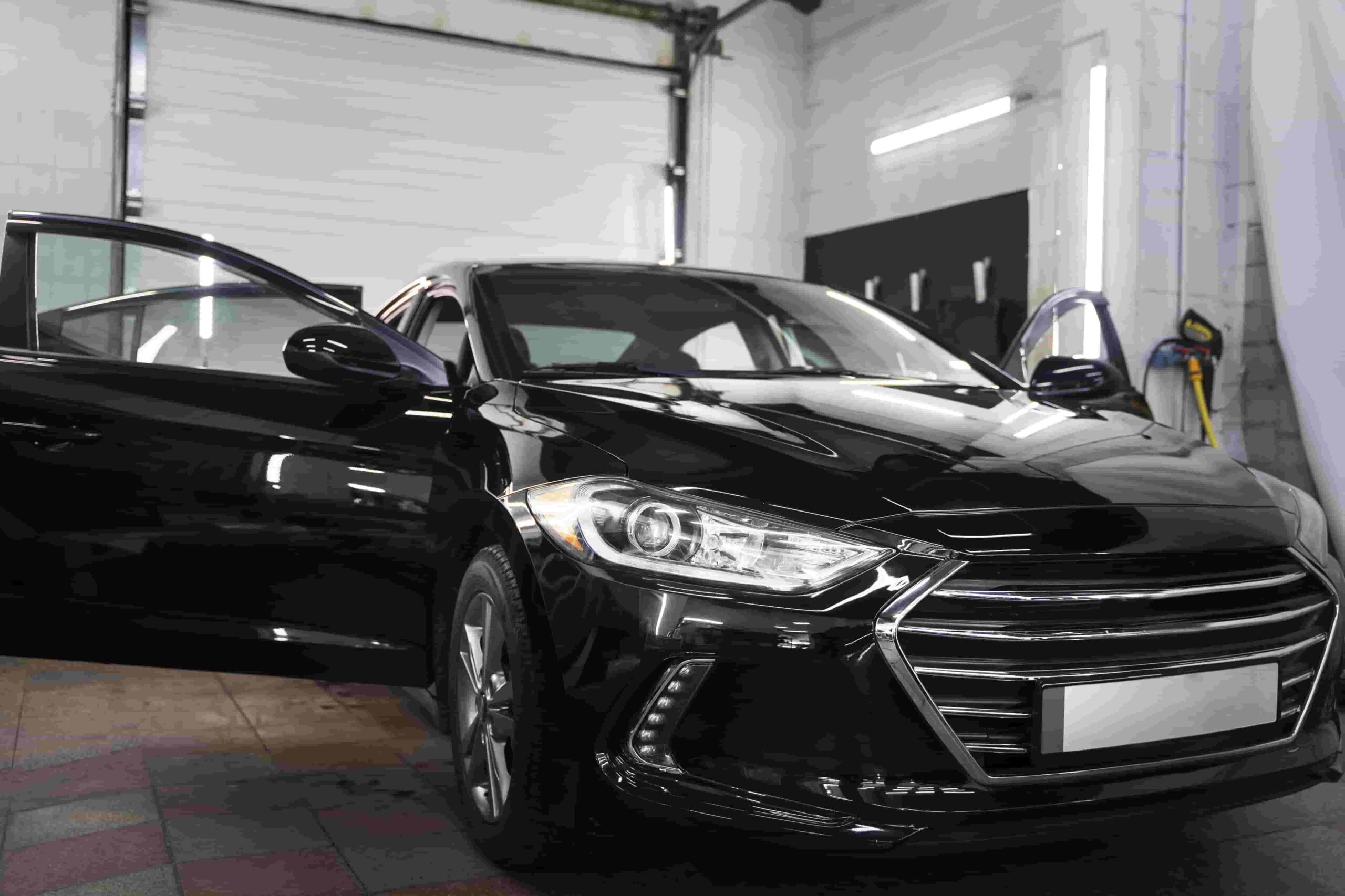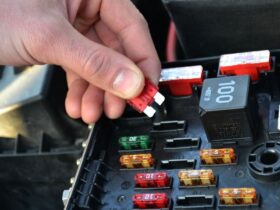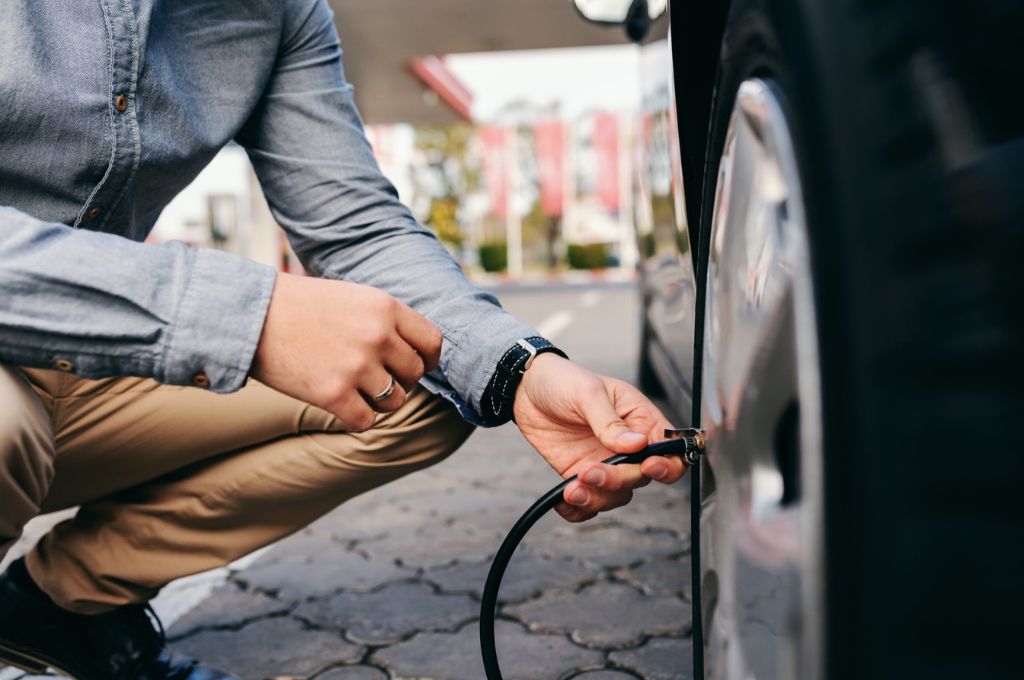Black automotive paint is a symbol of sophistication, power, and luxury, making it one of the most iconic and timeless choices in the automotive world. Whether you’re driving a sleek sedan, a high-performance sports car, or a rugged off-road vehicle, black paint has the ability to transform any car into a showstopper. However, achieving the perfect black finish isn’t as simple as applying a coat of paint. To truly enhance your vehicle, it’s crucial to understand the various types of Matte black car paint, the proper techniques for application, and the best maintenance practices to ensure your car retains its flawless appearance for years to come.
This comprehensive guide is designed to take you through everything you need to know about Black car paint finish We’ll explore the types of black paint, how to choose the right one for your vehicle, step-by-step application instructions, and tips on keeping your car looking stunning for years to come.
Why Choose Black Automotive Paint?
Black automotive paint is a popular choice for car owners for a variety of reasons. Here are some key reasons why black paint is often chosen:
- Enduring Elegance and Sophistication: Black offers a timeless, refined appearance that remains always in fashion. It’s often associated with luxury brands and high-end vehicles. Whether you’re driving a sports car or a family sedan, black adds an element of prestige to any vehicle.
- Versatility: Black paint works well with almost any vehicle model, from SUVs to sedans to luxury cars. It can be styled in different ways with various finishes, giving you the flexibility to customize your Car’s look.
- Increased Resale Value: Cars painted in black often have higher resale value compared to other colors. It’s a color that appeals to a broad range of buyers and looks great on a variety of makes and models.
- Reflects Power and Confidence: There’s something powerful about the way black automotive paint stands out on the road. It projects a sense of confidence, dominance, and authority.
- Variety of Finishes: Black paint comes in a wide range of finishes, such as glossy, matte, metallic, and pearlescent. This makes it an ideal option for anyone who wants to add a personalized touch to their vehicle’s appearance.
Types of Black Automotive Paint
Not all black automotive paint is the same. Various finishes and formulations give your Car a unique look. Below are the four main types of black automotive paints, each with its distinct qualities.
1. Solid Black Paint
Solid black is the most straightforward and widely used type of black automotive paint. It is simply a non-reflective color that provides a sleek, glossy finish.
- Finish: Glossy, matte, satin.
- Durability: High, but can show imperfections easily
- Price: Affordable to Moderate
- Best For: Everyday cars, budget vehicles, and basic designs
Pros:
- Affordable: Solid black is the most economical option.
- Simple Application: It’s the easiest type of paint to apply.
- Durable: It holds up well over time and can withstand harsh weather conditions.
Cons:
- Prone to Swirls: Solid black tends to show swirl marks and scratches more than other finishes.
- Lacks Depth: It doesn’t have the depth and shine of metallic or pearl black paints.
2. Metallic Black Paint
Metallic black paint contains metallic flakes that give it a shiny and reflective appearance. The particles in the paint catch the light, making the paint sparkle.
- Finish: Shiny, reflective
- Durability: Excellent, resistant to fading and scratches
- Price: Moderate to high
- Best For: Luxury vehicles, sports cars, and high-end custom builds
Pros:
- Sparkling Effect: The metallic particles give the paint a shimmering effect, especially in sunlight.
- Durability: Metallic black is more resistant to fading and wear compared to solid black.
- Scratch Resistant: Due to the nature of metallic particles, it’s less likely to show scratches and chips.
Cons:
- More Expensive: The cost of metallic black paint is higher than solid black.
- Difficult to Apply: It requires more care during application to ensure an even coat of paint.
3. Pearl Black Paint
Pearl black paint features mica or ceramic crystals that give it an iridescent, multi-tonal look. Depending on the lighting, the paint can shift colors slightly, giving it an eye-catching glow.
- Finish: Iridescent, color-shifting
- Durability: Superior
- Price: Expensive
- Best For: Custom cars, luxury vehicles, sports cars, and show cars
Pros:
- Unique Appearance: Pearl black has an iridescent glow that changes color depending on the light, making it stand out.
- Long-Lasting: This type of paint is highly durable and resistant to the elements.
- Premium Look: Pearl black gives your vehicle a high-end, luxurious finish.
Cons:
- High-Cost: This is among the pricier types of black paint.
- Complex Application: Applying pearl black requires a professional touch for a flawless finish.
4. Matte Black Paint
Matte black offers a smooth, non-reflective finish that gives vehicles a distinctive, bold, and contemporary appearance. It’s popular for custom builds and performance cars.
- Finish: Non-reflective, flat
- Durability: Moderate, but prone to scratches and fading
- Price: Moderate
- Best For: Custom cars, off-road vehicles, and performance cars
Pros:
- Unique Look: Matte black offers a distinctive, modern appearance that sets your vehicle apart from others.
- No Gloss: For those who want a sleek, non-reflective finish, matte black delivers just that.
- Bold and Aggressive: Matte black creates a tough, aggressive look.
Cons:
- Harder to Maintain: Matte black tends to show dirt, scratches, and swirl marks more than glossy finishes.
- Requires Special Care: You can’t just wash and wax matte black like other finishes. It requires special care products.
- Not as Durable: It doesn’t hold up as well over time as other finishes like metallic or solid black.
How to Choose the Right Black Automotive Paint for Your Car
Choosing the right black paint for your Car is essential to achieving the desired look and ensuring long-term durability. Below are key factors to consider when selecting the perfect black automotive paint.
1. Consider the Finish You Want
- Glossy vs. Matte: Decide if you want a shiny, reflective surface (metallic or gloss) or a flat, non-reflective one (matte).
- Metallic vs. Solid: If you want extra depth and shine, choose metallic. If you’re looking for a more traditional and simple look, solid black is ideal.
- Pearl Black: If you want something unique, luxurious, and attention-grabbing, pearl black is the way to go.
2. Durability
- Metallic and Pearl Black: These are more durable than solid or matte black because they are resistant to fading and show fewer scratches.
- Solid Black: While solid black is durable, it may require more frequent touch-ups and maintenance.
- Matte Black: Although matte black looks incredible, it is the least durable and requires the most maintenance.
3. Maintenance Requirements
- Solid Black: Easier to maintain but may show swirl marks more easily.
- Metallic and Pearl Black: Requires more care during application and occasional polishing to maintain the glossy effect.
- Matte Black: Requires special cleaning products and regular touch-ups to avoid damage.
4. Budget Considerations
- Solid Black: The most affordable option.
- Metallic Black: Moderately priced and offers an extra level of depth.
- Pearl Black: The most expensive option, but it adds a luxurious finish.
- Matte Black: Affordable but requires additional care products, which can add to the overall cost.
Application of Black Automotive Paint
Proper application of black automotive paint is crucial to achieving a high-quality, long-lasting finish. Here is a step-by-step guide to applying black automotive paint.
1. Prepare the Surface
- Clean the Surface: Begin by washing your vehicle thoroughly to remove dirt, grease, and old wax.
- Sand the Surface: Use fine-grit sandpaper to smooth out the surface and remove any imperfections. This will guarantee proper paint adhesion.
- Apply a Primer: A high-quality primer is necessary to create a smooth, even surface for the paint to bond to.
2. Choose the Right Tools
- Spray Gun: A spray gun is the best tool for applying automotive paint, as it delivers an even, smooth coat. If you don’t have access to a spray gun, you can use aerosol cans for smaller jobs.
- Brushes: For small touch-ups or intricate areas, you may want to use a brush. However, a brush should not be used for full application, as it can lead to streaks and uneven coverage.
3. Apply the Paint
- Apply Thin Coats: Begin by applying thin, even layers of paint. Avoid heavy coats that may drip or create uneven coverage.
- Dry Between Coats: Wait for each coat to dry thoroughly before applying the next. This helps to prevent streaks and ensures a smooth finish.
- Clear Coat: Once the black paint is fully dry, apply a clear coat to protect the paint and give it a glossy finish.
4. Let the Paint Cure
- Curing Time: After applying the final coat of paint, let your Car sit for several hours or overnight. The paint will continue to cure and harden over time, so avoid touching the surface for at least 24-48 hours.
Common Mistakes to Avoid During Application
To ensure the best result, here are common mistakes to avoid when applying black automotive paint:
- Not Preparing the Surface Properly: Failing to clean, sand, or prime the surface can result in poor adhesion and a rough finish.
- Overapplying Paint: Applying excessive paint in one go can result in drips, streaks, and uneven coverage.
- Skipping the Clear Coat: The clear coat protects your paint and enhances its finish. Skipping this step can leave your paint exposed to the elements.
- Improper Painting Conditions: Avoid painting in humid, windy, or dusty environments. These factors can lead to contaminants in the paint, affecting the final result.
Maintaining Black Automotive Paint
Maintaining black automotive paint requires a bit more effort than other colors, but with the right care, it can last for years. Here are some maintenance tips:
1. Regular Cleaning
- Wash your car regularly to prevent dirt and grime from accumulating. Use a pH-balanced car shampoo to protect the paint.
- Dry the Car Properly: Always use a microfiber towel to dry your Car, as this will help prevent water spots and swirl marks.
2. Wax and Polish
- Wax Every 3-6 Months: Apply wax to protect the paint from contaminants and UV rays. Wax also provides your car with a glossy finish.
- Polish the Car: Use a car polish to restore the paint’s shine and remove minor scratches.
3. Protect from the Elements
- Use a Car Cover: If you park your Car outside, use a high-quality car cover to protect the paint from the sun, rain, and pollutants.
- Paint Protection Film: Consider applying paint protection film (PPF) to safeguard your Car from rock chips, scratches, and environmental contaminants.
Conclusion
Black automotive paint is a versatile, timeless choice that can add elegance and sophistication to any vehicle. Whether you opt for the classic solid black, the shimmering metallic black, the luxurious pearl black, or the bold matte black, maintaining a black finish requires attention to detail, proper application, and regular care.
By following the tips and guidelines in this guide, you can achieve a stunning black finish and keep your Car looking like new for years to come. The right choice of paint, application techniques, and maintenance practices will ensure that your black automotive paint stands out on the road, reflecting your style and enhancing the vehicle’s appearance.





Leave a Reply